歌碑13「ほよ(宿り木)」-勝興寺 本堂左Monument No.13 “Mistletoe”-Inside Shōkōji Temple (Left to the Main Hall)
2022年08月04日
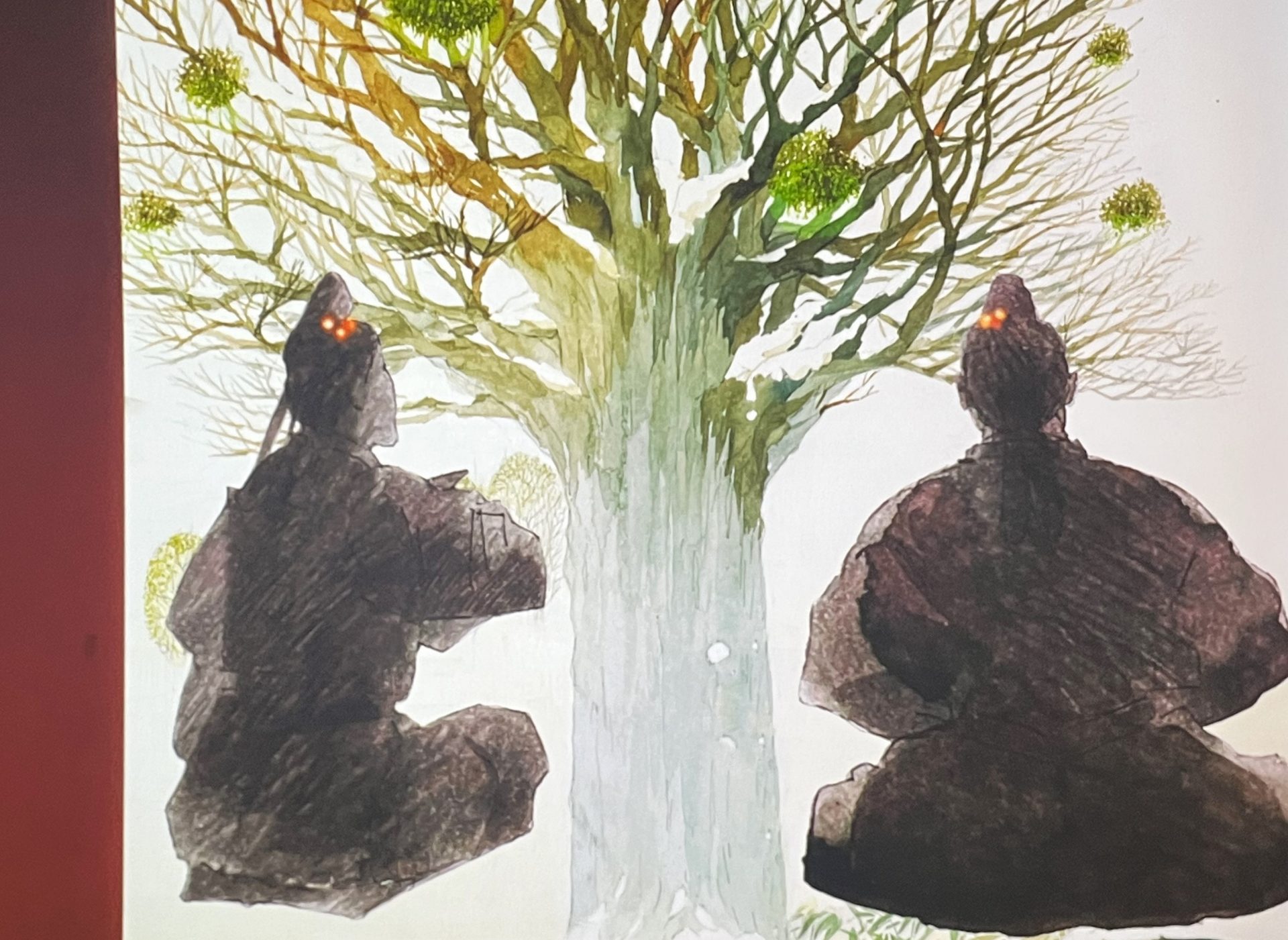
この歌に詠まれている宿り木は、世界中の多くの文化に登場する象徴的な植物でもある。
(原画:佐竹美保、高岡市万葉歴史館「万葉体感エリア」プロジェクションマッピンク)
Mistletoe is an important plant in many cultures with a range of different symbolic functions.
(Original picture: Miho SATAKE, Takaoka Manyo Historical Museum "Manyo Experience Area" Projection Map Pink)
![万葉歌めぐりの旅[Man'yōshū Literary Pilgrimage]](https://www.manreki.com/manyo-songs/images/common/pic_logo.svg)



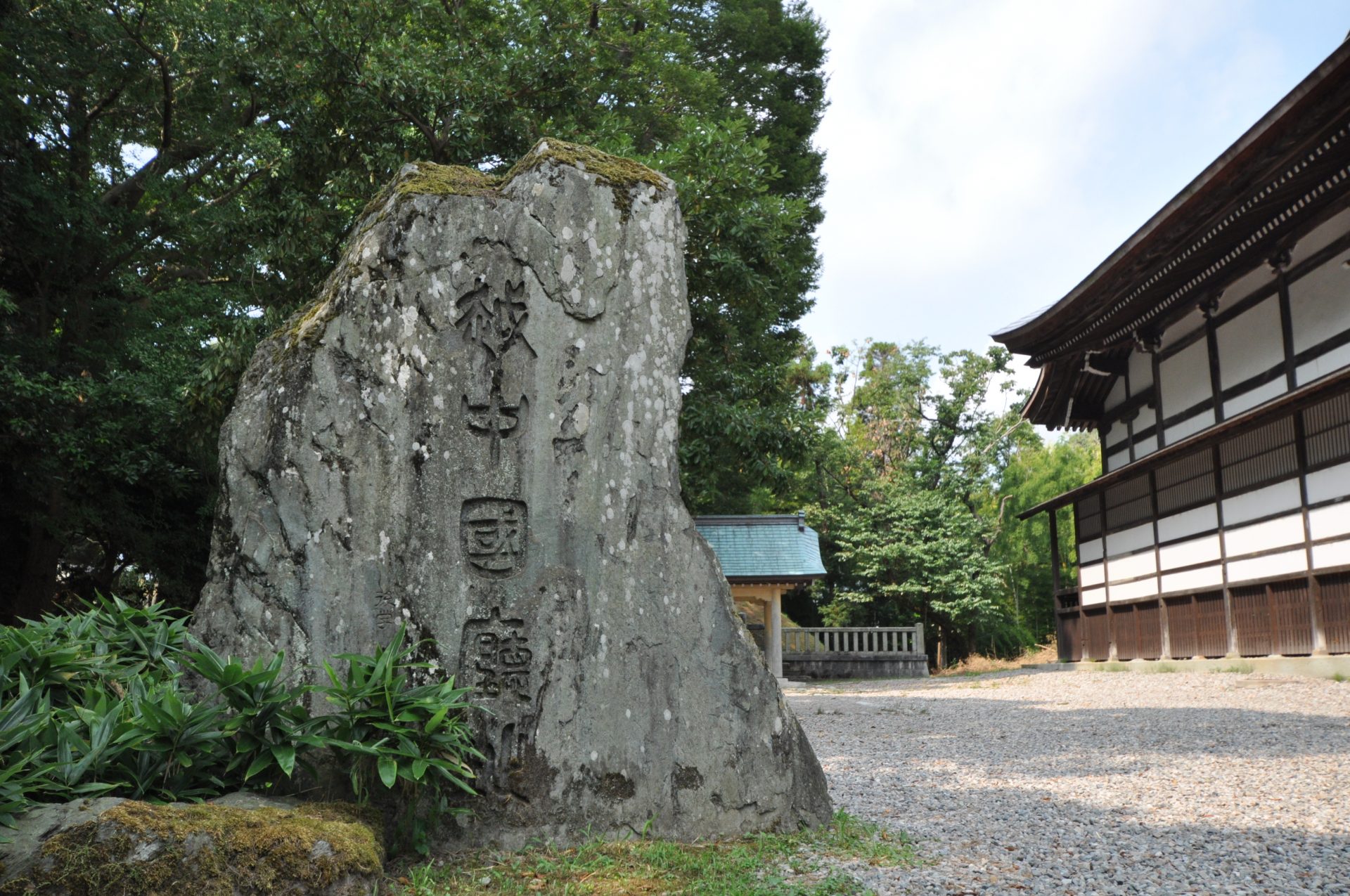
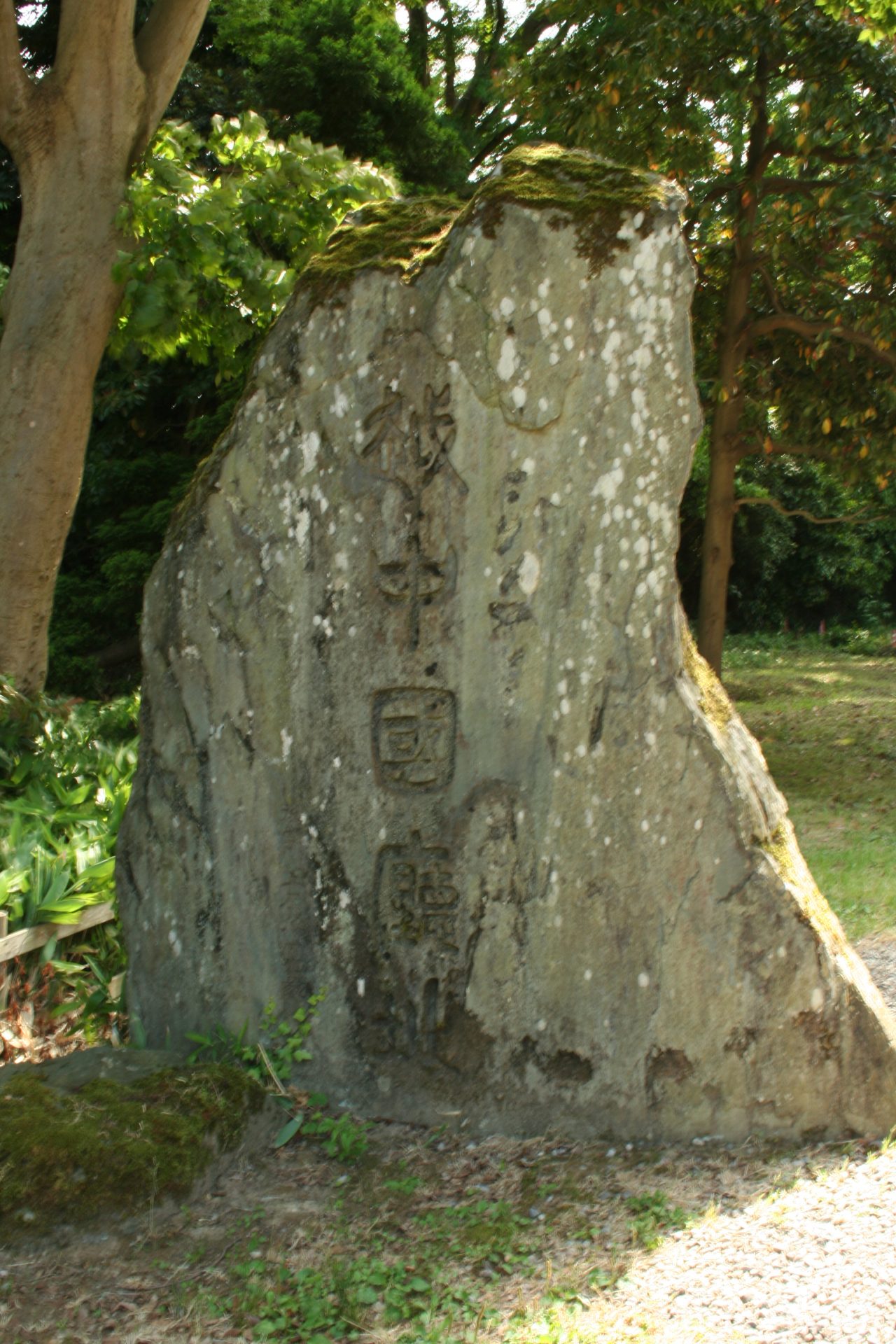
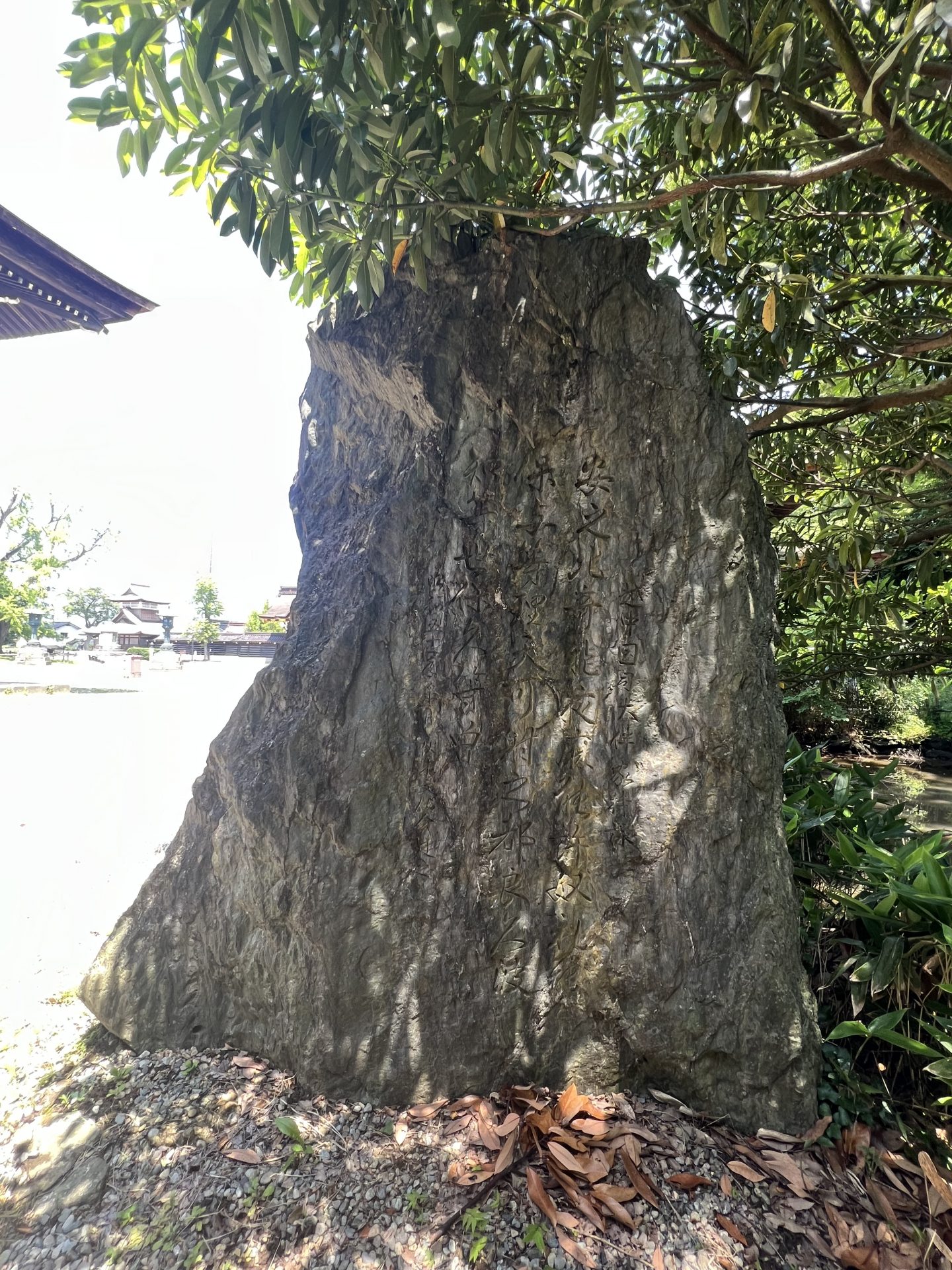
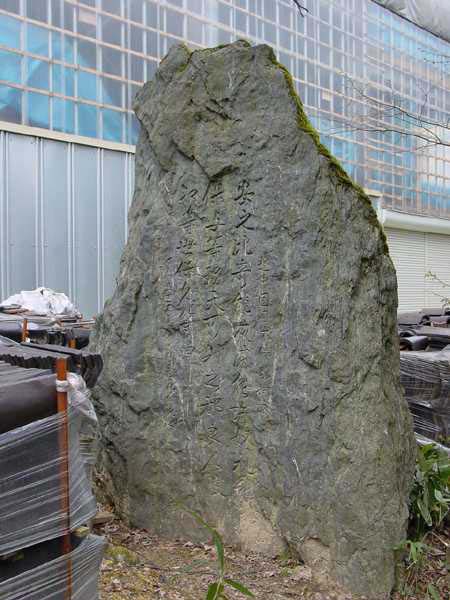
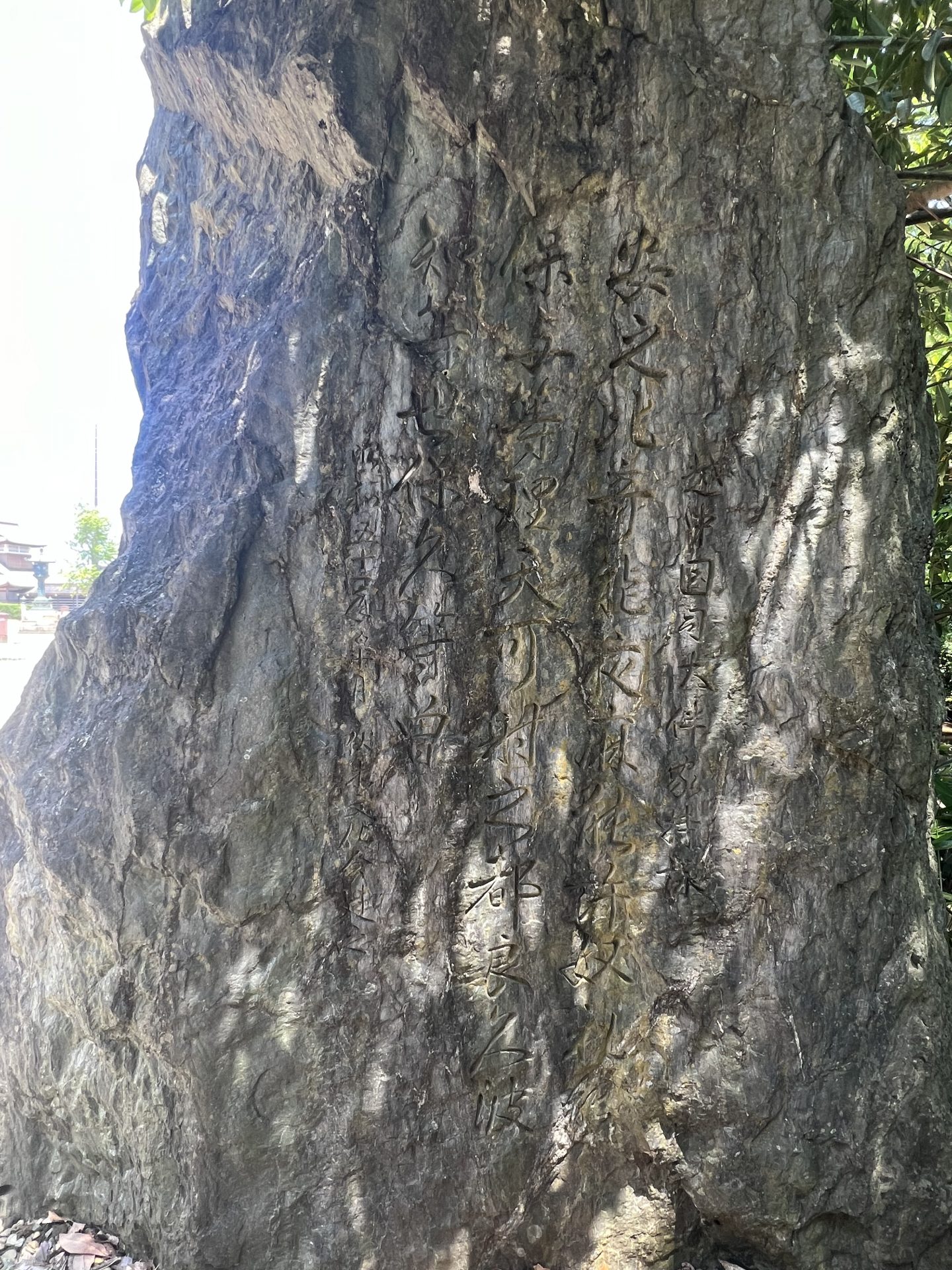
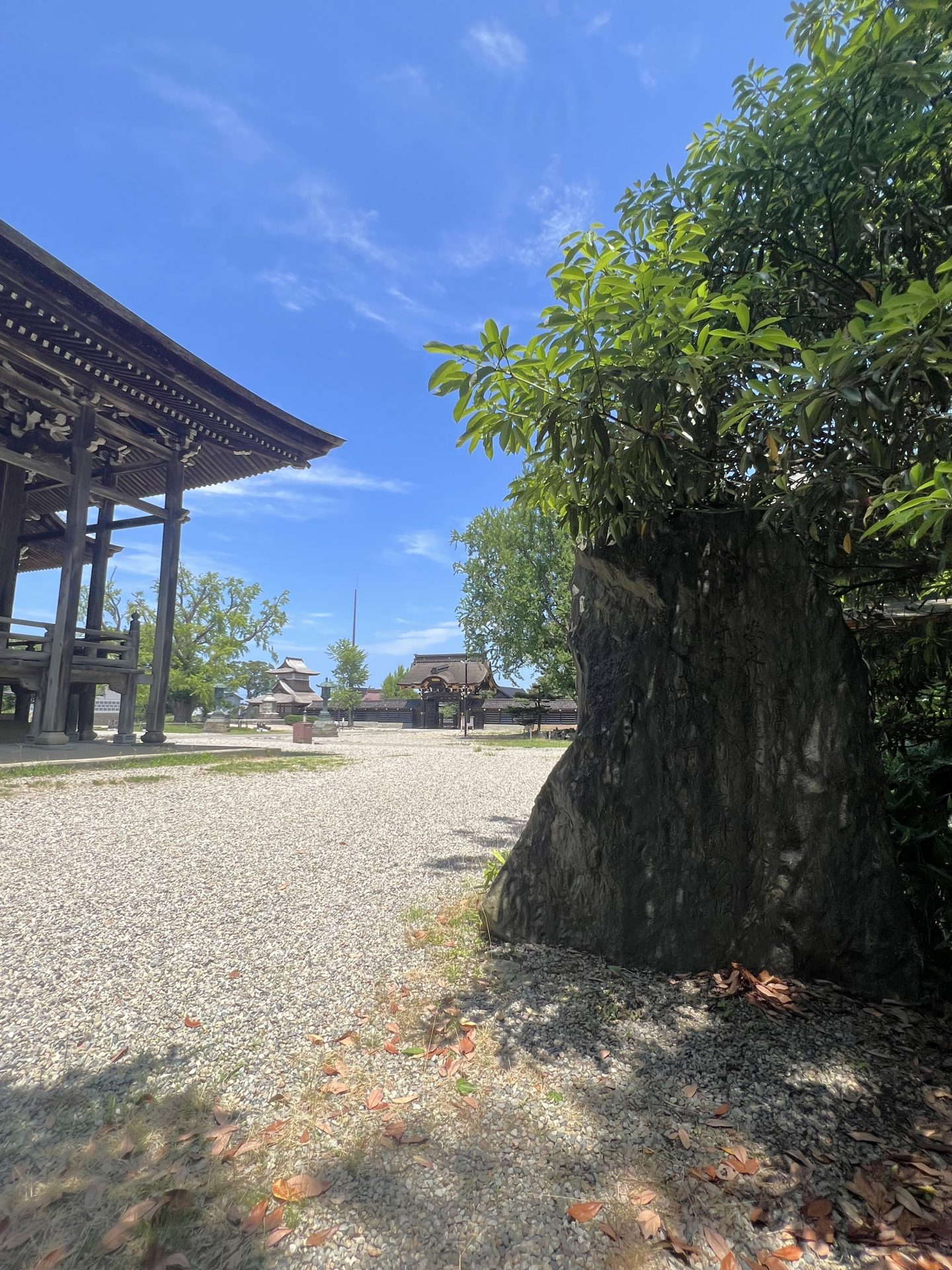
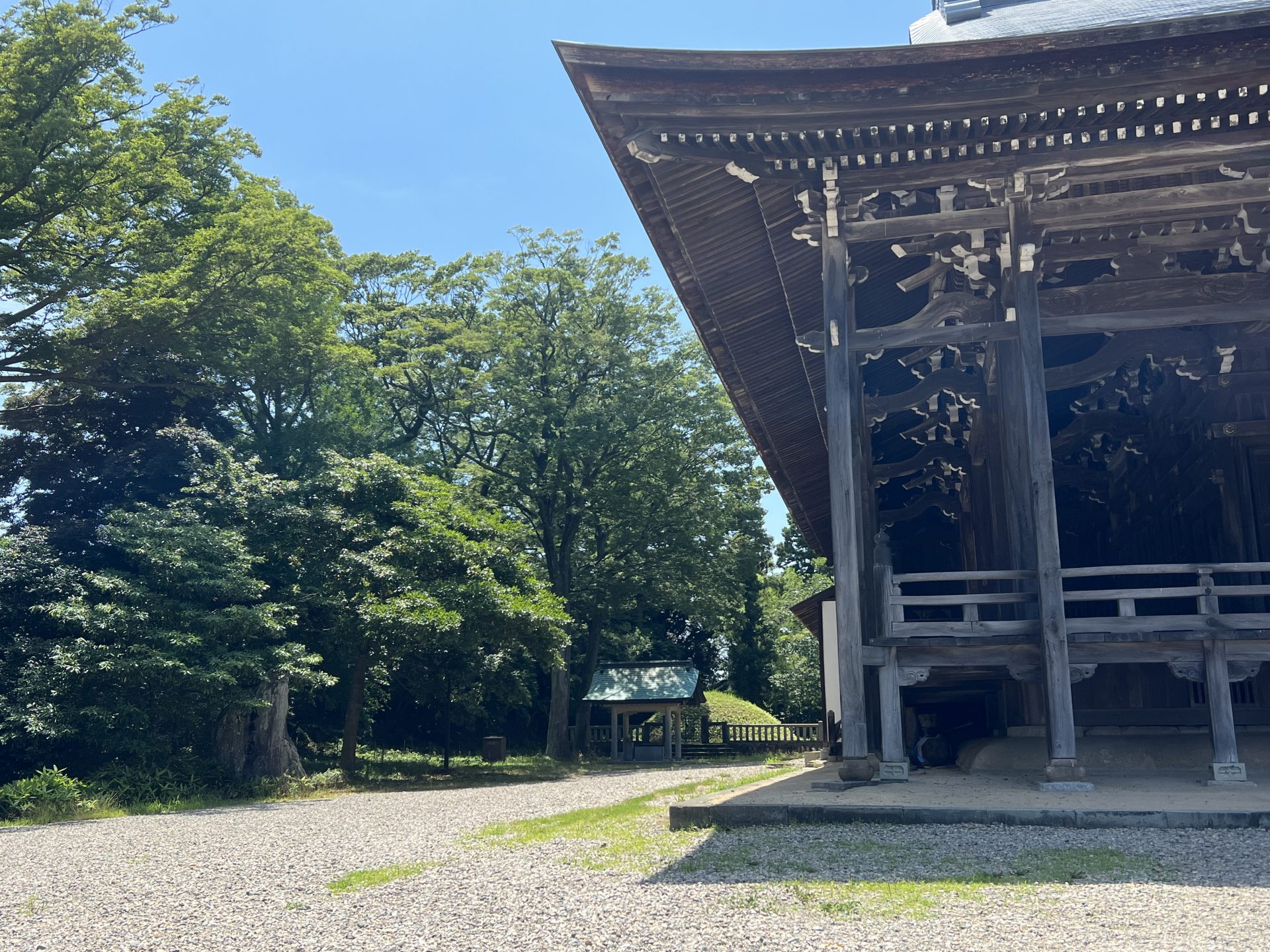
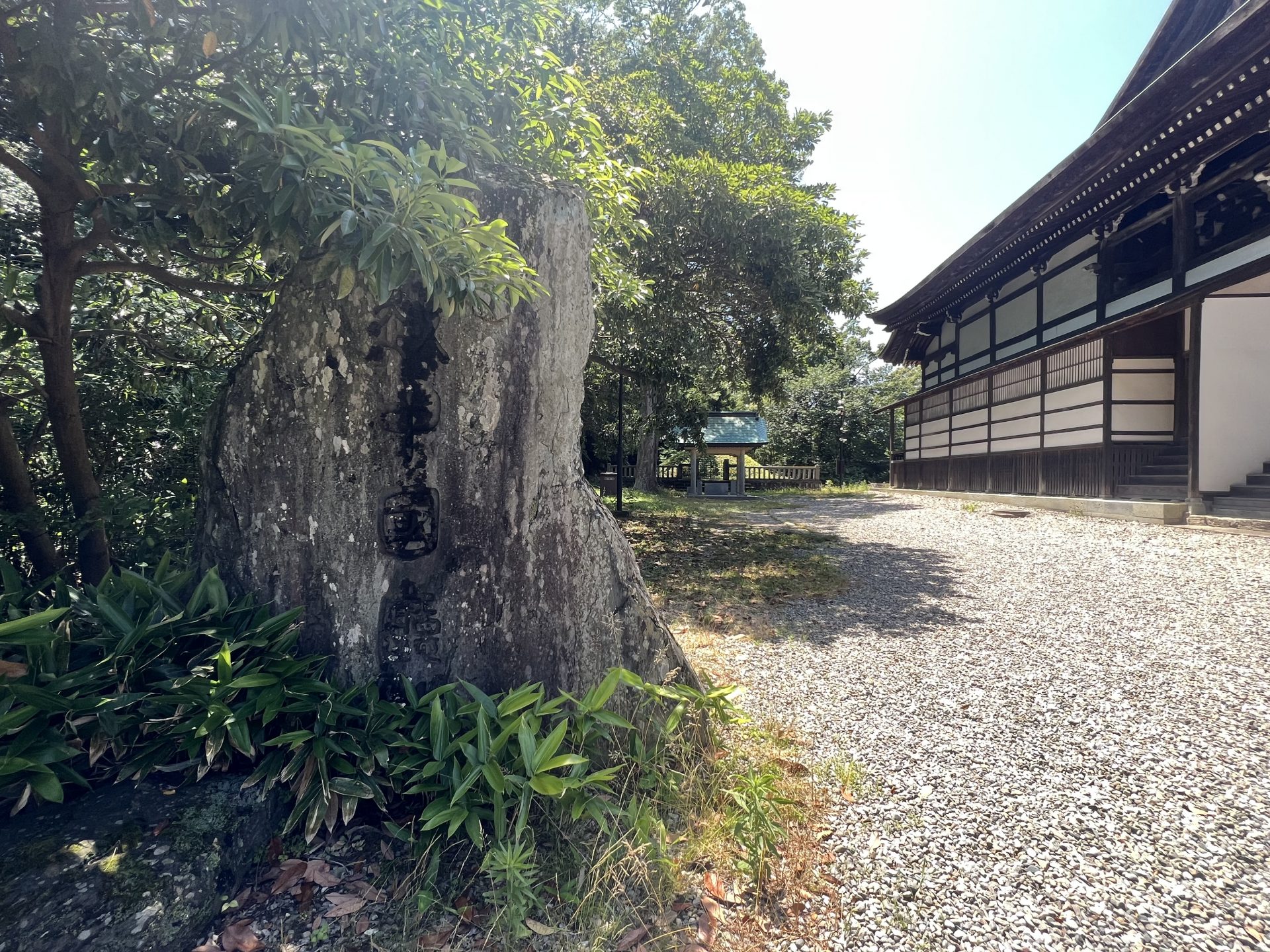
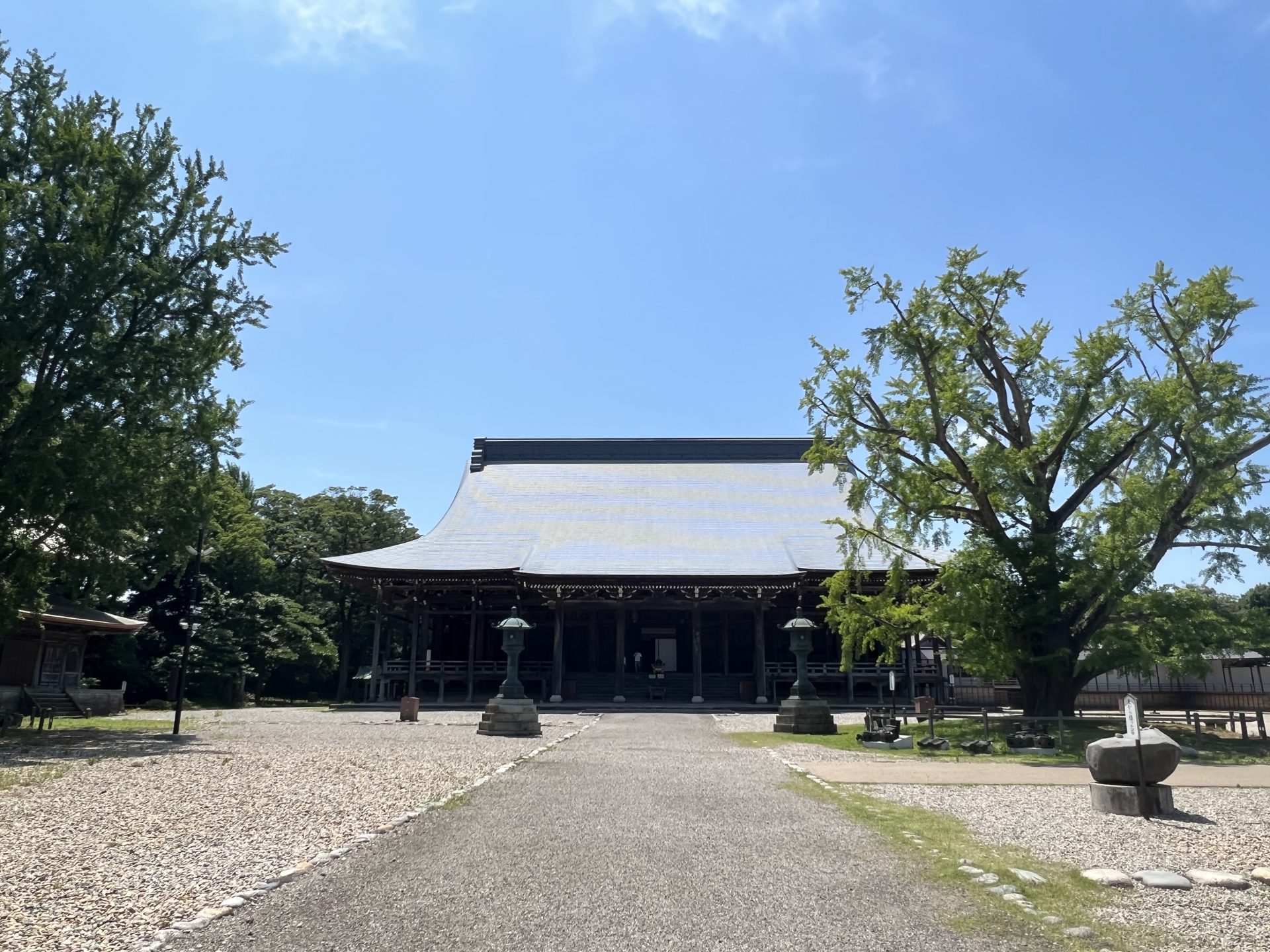
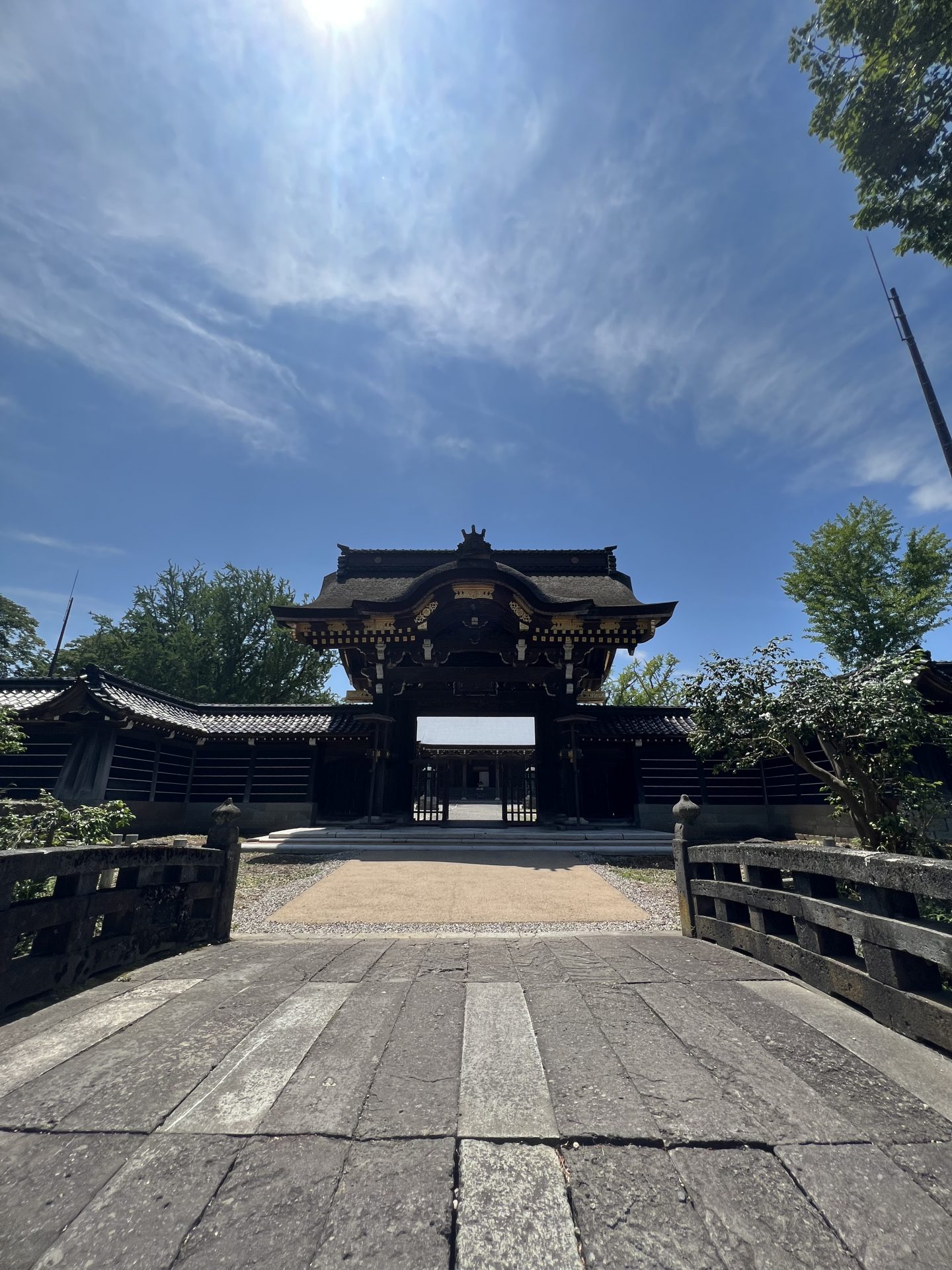




解説
Commentary
ほよ(宿り木)
Mistletoe
『万葉集』の4136番の歌。『万葉集』は、7世紀前半から8世紀後半にかけての約130年間の歌を収めた現存日本最古の歌集で、4500首余りの歌が収められている。この歌の作者は大伴家持(718?~785)、『万葉集』でも最も多くの歌を残す歌人である。
この歌は天平勝宝二年(750)正月二日に詠まれた歌。この時、作者の大伴家持は越中国守(現在でいう富山県知事)としてこの地に赴任してから五年目の正月を迎えた。国庁(現在でいう県庁)で開いたその正月の宴で、この歌を詠んだという。年頭にあたって、自分を含む宴の出席者、ひいては都にいる天皇をはじめとした多くの人々の幸福を願って詠ったものだろう。
この歌に詠まれている宿り木は、世界中の多くの文化に登場する象徴的な植物でもある。この歌ではその宿り木を髪に挿して長寿の象徴とすることで、楽しい歌になっている。高岡市の勝興寺本堂左横に歌碑が立つ。
(解説 ピーター・J・マクミラン)
勝興寺ホームページ・万葉歌碑解説 Shokoji Temple Homepage / Man’yō Song Monument Commentary
ヤドリギ Mistletoe
This is poem number 4136 of the Man’yōshū, the oldest existing collection of poetry in Japan. The Man’yōshū consists of over 4,500 poems and was compiled over a period of around 130 years, from the first part of the 7th century to the latter part of the 8th century. The author of this poem is Ōtomo no Yakamochi.
This poem was written on the second day of the New Year in 750. This was the fifth New Year that Yakamochi would spend in Etchū Province (modern-day Toyama Prefecture) on assignment as regional governor. This poem was read at a New Year party held at the provincial headquarters. The poem is a prayer for the happiness not only of the people attending the party, including Yakamochi himself, but also for the emperor in the capital. Mistletoe is an important plant in many cultures with a range of different symbolic functions. Here, the image of placing it in one’s hair with a wish for longevity makes for a delightful poem.
This waka poem monument stands to the left of the main hall at Shokoji Temple in Takaoka City.
(English Translation and Commentary by Peter Macmillan)